Complete Guide to Creating an AI MVP
28 Jun 25 


AI founders often make a mistake, they build complete products without knowing if anyone needs them. Unlike regular software, AI systems learn and change unpredictably, making early validation crucial.
The pattern is common, entrepreneurs spend years and millions creating comprehensive AI platforms, only to discover at launch that the AI performs poorly in real conditions, users don’t want the solution, or the technology solves the wrong problem entirely.
This happens because AI presents unique challenges: unpredictable behavior with real-world data, dependency on quality training data that may not exist, user trust issues, and unexpected regulatory complexity.
The solution is building an AI MVP, a Minimum Viable Product that proves your core idea works before major investment. Start simple, test early with real users, learn fast, and iterate quickly based on actual market feedback.
Success in AI requires proving demand first, then building what people actually want.
Why You Need an AI MVP
AI Behaves Differently Than Expected
AI models can work perfectly in testing but fail completely with real users. A shopping recommendation AI might suggest random products. A chatbot might give confusing answers. A medical AI might miss important symptoms.
These aren’t bugs you can fix quickly. They’re deep problems that need lots of work to solve. An MVP lets you find these problems early when fixing them costs less.
Bad Data Kills AI Projects
AI only works if you train it with good data. Many startups think they have the right data, then discover it’s biased, incomplete, or wrong.
For example:
- A voice AI trained mostly on male voices can’t understand women
- A loan approval AI might discriminate against certain groups
- A medical AI trained on one population might fail with others
An MVP helps you test if your data actually works before you invest heavily.
Users Act Differently Than You Think
You might assume people will use your AI in specific ways. Reality is usually different.
Real examples:
- Users might ignore AI suggestions they don’t trust
- People might use your AI for things you never planned
- Your AI might feel too complicated or too simple
Testing with an MVP shows you how people actually behave with your AI.
Costs Grow Fast Without Testing
AI development is expensive. Training models needs powerful computers. Getting good data costs money. Building and testing takes time.
Startups that build complete AI products without testing first often spend months or years on solutions nobody wants.
An MVP prevents this by:
- Finding problems when they’re cheap to fix
- Removing features people don’t need
- Making sure your AI works before you scale up
Investors Want Proof, Not Ideas
Getting funding for AI startups is hard. Investors see many AI pitches and most fail. They want to see working products with real users, not just presentations.
An MVP gives you:
- A working product that solves real problems
- Actual users and their feedback
- Data showing your AI works
This makes fundraising much easier.
How to Build an AI MVP: Step by Step
Step 1: Define Your Problem Clearly
Before writing code, answer these questions:
- What specific problem does your AI solve?
- Who has this problem?
- How do they solve it now?
- Why will AI be better?
Example: “An AI chatbot can answer customer questions 50% faster than human support agents.”
Step 2: Pick One Simple AI Feature
Don’t try to build everything at once. Choose the most important AI feature that proves your idea works.
Ask yourself:
- What’s the simplest AI feature that shows value?
- Can you start with basic automation and add AI later?
Example: Instead of building a complete customer service platform, just focus on answering common questions automatically.
Tip: Many successful AI companies start with humans helping the AI. When the AI makes mistakes, humans fix them and teach the AI to do better.
Step 3: Get Good Data (But Not Too Much)
You need data to train your AI, but you don’t need millions of examples for an MVP.
Focus on:
- Using free public datasets if available
- Starting small with high-quality data
- Creating fake data for testing if needed
Example: For a customer service AI, use 1,000 real customer questions instead of trying to collect data from many companies.
Common mistake: Thinking you need huge amounts of data. A small, well-organized dataset often works better for testing.
Step 4: Choose Simple AI (Or No AI At All)
Not every MVP needs complex AI. Sometimes simpler solutions work just as well:
- Rule-based systems – For predictable tasks
- Basic machine learning – For simple pattern recognition
- Existing AI models – Use pre-built solutions
- Human workers – Have people do the work while you test if AI is needed
Example: Instead of training a complex AI for customer service, start with keyword matching and pre-written responses.
Tip: Some successful companies started by having humans do the AI’s work behind the scenes. This tests if people want the service before building expensive AI.
Step 5: Build a Simple Interface
Create a basic way for users to interact with your AI. This doesn’t need fancy design – just something that works.
Example: For customer service AI, create a simple chat box on a website where people can ask questions.
The goal is testing if your AI solves the problem, not impressing people with design.
Step 6: Test with Real People
Find early users to try your MVP:
- Does the AI actually help them?
- Are the answers accurate?
- What’s missing?
- Where does the AI fail?
Expect problems – that’s the point. Use feedback to improve your AI instead of guessing what needs fixing.
Example: If customer service representatives say the AI’s answers are unhelpful, you can fix the training data or adjust how the AI generates responses.
Step 7: Measure Results and Decide Next Steps
Your MVP should prove or disprove your hypothesis. If it works:
- Add more training data to improve accuracy
- Automate parts you did manually
- Improve the user interface
- Use results to get funding
Example: If your customer service AI successfully answers 50% of questions and reduces response time by 60%, you can add more features like handling complaints or multiple languages.
If the MVP shows AI isn’t the right solution, that’s still valuable – it saves you from wasting money on the wrong approach.
How Much Does an AI MVP Cost?
AI MVP costs depend on complexity, data needs, and team size. Here’s a breakdown:
Main Cost Areas
Data Collection ($0 – $60,000)
- Free public datasets: $0
- Manual data collection: $3,000 – $25,000
- Buying data from companies: $15,000 – $60,000
AI Development ($8,000 – $120,000)
- Simple rule-based systems: $8,000 – $15,000
- Using existing AI models: $15,000 – $40,000
- Custom AI models: $40,000 – $120,000
Computing Power ($1,000 – $35,000)
- Local servers: $1,000 – $8,000
- Cloud services (AWS, Google, etc.): $8,000 – $25,000
- Enterprise systems: $25,000 – $35,000
App Development ($12,000 – $60,000)
- Basic web interface: $12,000 – $25,000
- Mobile app or dashboard: $25,000 – $60,000
Team Costs ($20,000 – $120,000+)
- AI engineers: $90 – $220/hour
- Software developers: $60 – $160/hour
- Data scientists: $100 – $220/hour
Total Cost Estimates
| Component | Cost Range |
|---|---|
| Data collection | $0 – $60,000 |
| AI development | $8,000 – $120,000 |
| Computing power | $1,000 – $35,000 |
| App development | $12,000 – $60,000 |
| Team costs | $20,000 – $120,000 |
| Total | $40,000 – $200,000 |
How to Reduce Costs
- Use existing AI models instead of building from scratch
- Start with free data from public sources
- Begin with simple interfaces – fancy design can wait
- Hire freelancers instead of full-time employees
- Use cloud services that charge only for what you use
Common Problems in AI MVP Development
Problem 1: Bad Data
Many startups train their AI with data that doesn’t represent real-world situations. The AI works in testing but fails with actual users.
Solution: Use diverse, high-quality data that matches how people will actually use your AI.
Problem 2: Expensive AI When Simple Solutions Work
Some companies spend months building complex AI when simpler methods would work just as well.
Solution: Start with existing AI models and simple approaches. Build complex AI only when you prove it’s necessary.
Problem 3: Computing Costs Get Out of Control
AI training uses expensive computer power. Without careful management, costs can reach tens of thousands unexpectedly.
Solution: Use cloud services efficiently. Only pay for what you need and turn off unused resources.
Problem 4: AI Works in Testing But Fails in Real Life
AI might work perfectly in controlled tests but break with real users who behave unpredictably.
Solution: Test with real users early and often. Build feedback systems so your AI keeps learning and improving.
Problem 5: People Don’t Trust the AI
Users want to understand why AI makes certain decisions, especially for important choices like loans, hiring, or medical advice.
Solution: Make your AI explainable. Show users how it makes decisions so they can trust and verify the results.
Final Thoughts
Building an AI MVP isn’t about creating perfect AI immediately. It’s about proving your idea works with real users before investing heavily.
The most successful AI companies start small, test early, and improve based on actual user feedback rather than assumptions.
Remember: It’s better to launch a simple AI that solves a real problem than to spend years building complex AI that nobody wants.
Frequently Asked Questions
Most AI MVPs take 4-8 months to build. Simple ones using existing AI models can be faster. Complex ones needing custom data collection take longer.
You can build a basic AI MVP for $40,000-$70,000 using existing AI models and simple interfaces. More complex MVPs cost $150,000-$300,000.
No. A small, high-quality dataset often works better than a large, messy one for testing your idea.
For MVPs, agencies or freelancers often work better than hiring full-time AI experts. You can hire experts later if the MVP succeeds.
Measure specific goals: Does it solve the problem? Do users keep using it? Will they pay for it? Can it handle more users?
- Agentic AI1
- Android Development3
- Artificial Intelligence29
- Classified App3
- Custom App Development5
- Digital Transformation12
- Doctor Appointment Booking App14
- Dropshipping1
- Ecommerce Apps40
- Education Apps2
- Fintech-Apps37
- Fitness App4
- Flutter4
- Flutter Apps20
- Food Delivery App5
- Grocery App Development1
- Grocery Apps3
- Health Care9
- IoT2
- Loyalty Programs9
- Matrimony Apps1
- Microsoft1
- Mobile App Maintenance2
- Mobile Apps123
- Product Engineering6
- Progressive Web Apps1
- React Native Apps2
- Saas Application2
- Shopify9
- Software Development3
- Taxi Booking Apps7
- Truck Booking App5
- UI UX Design8
- Uncategorized6
- Web App Development1








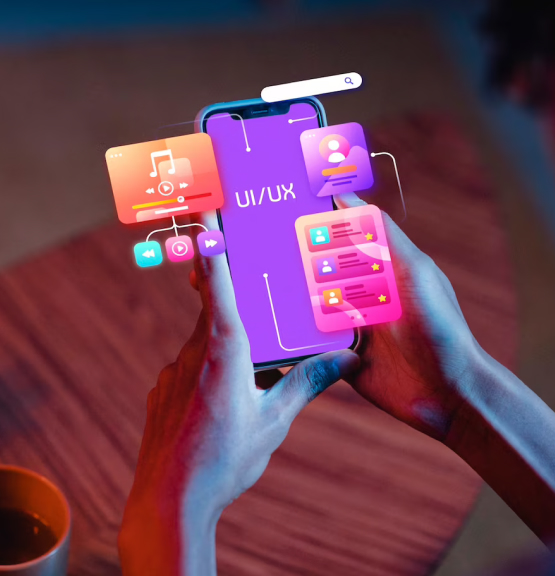
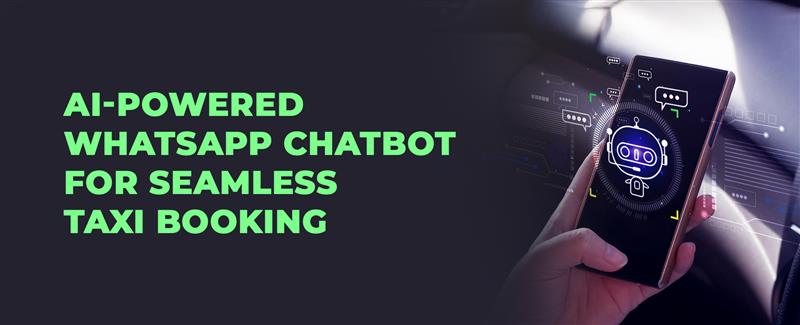
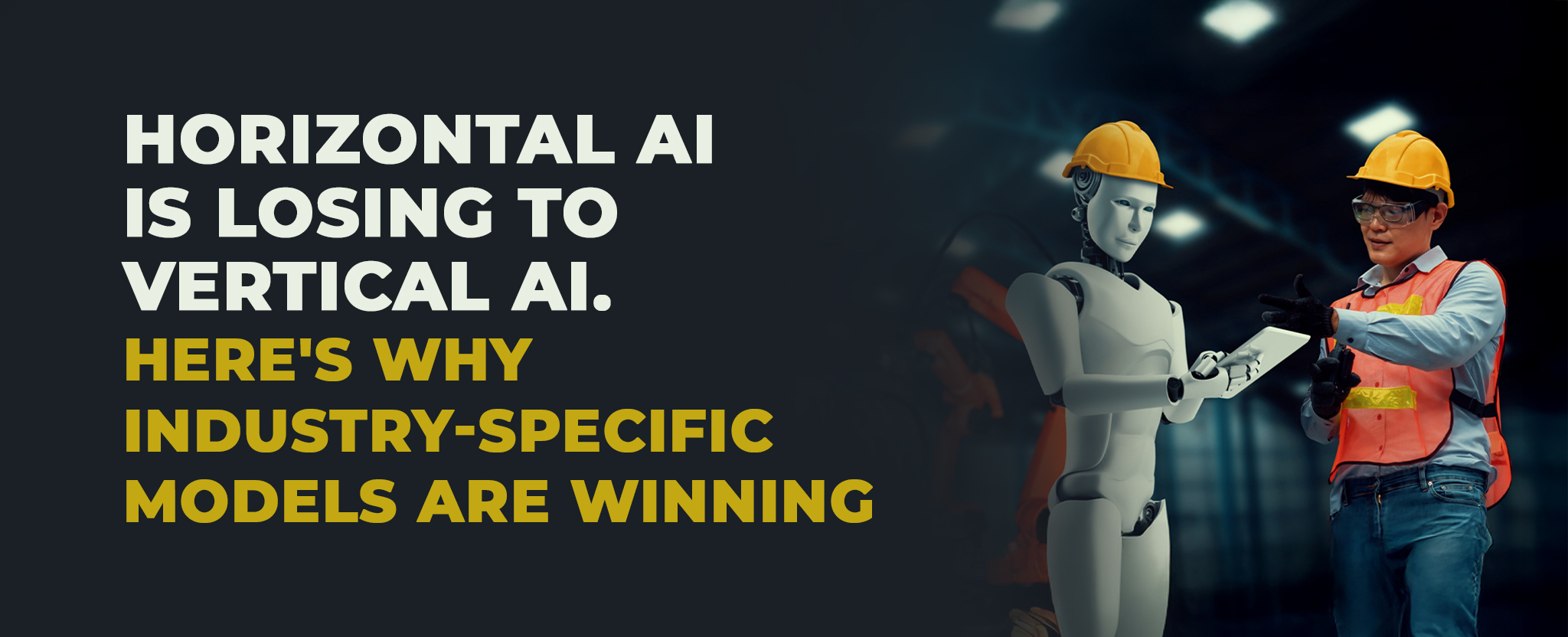
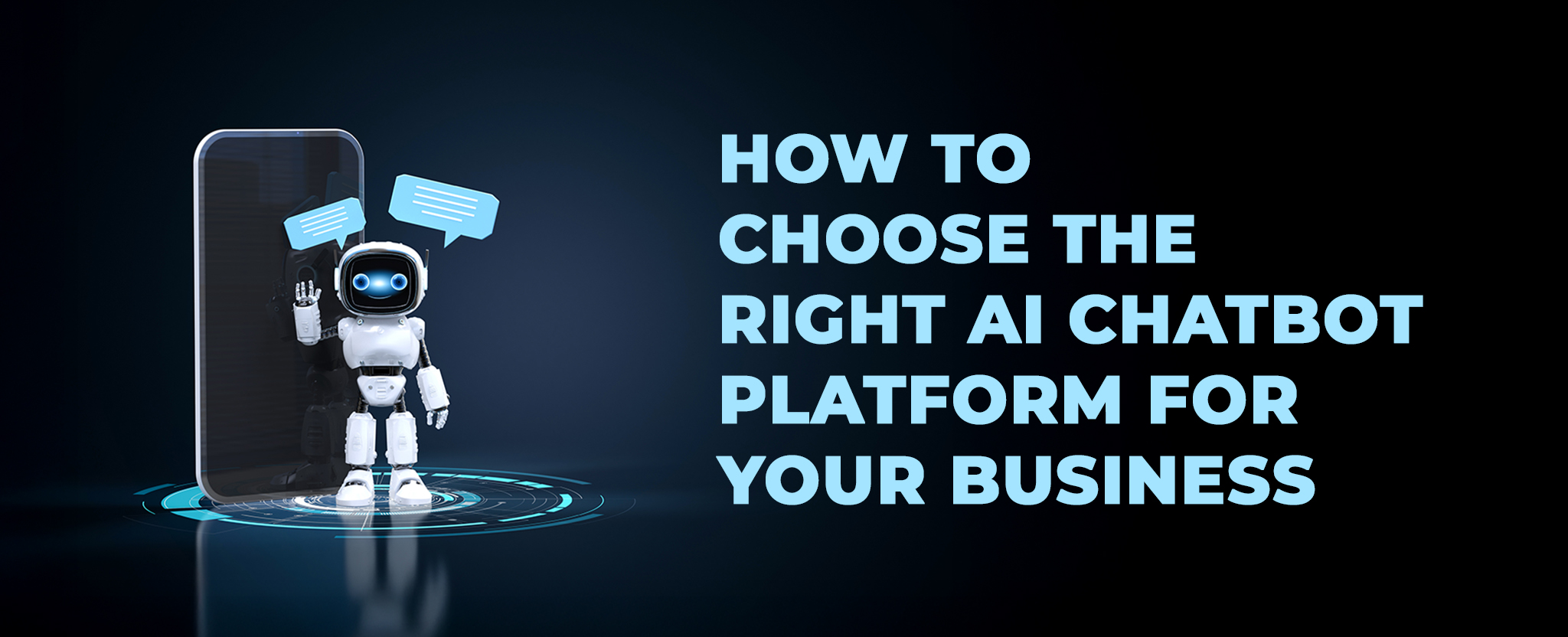
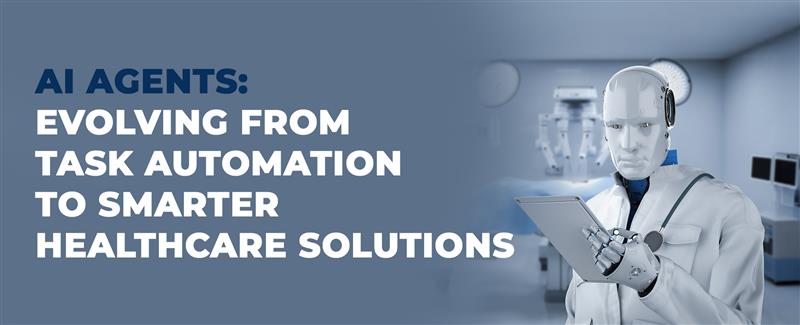






Comments